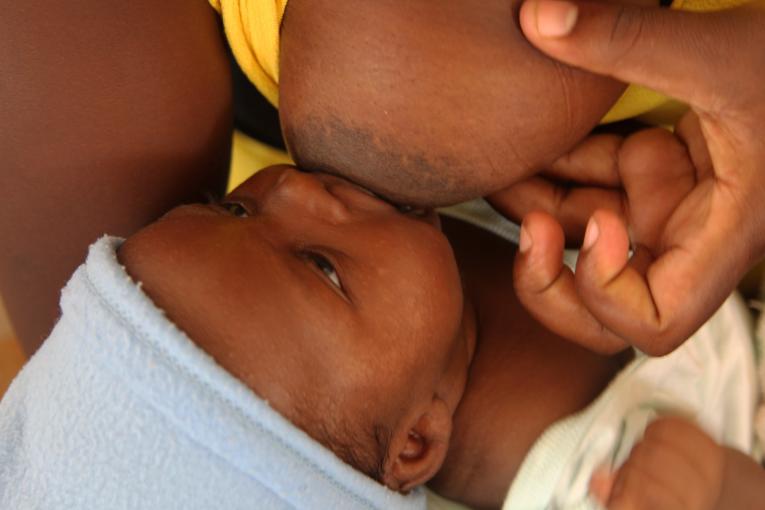Matabeleland South has recorded a remarkable rise in breastfeeding rates, with 85% of infants now being breastfed beyond one year, a significant leap from 51% in 2023.
The increase aligns with World Health Organisation (WHO) recommendations for optimal Infant and Young Child Feeding (IYCF) practices.
These guidelines note the importance of exclusive breastfeeding within the first hour of birth, continued exclusive breastfeeding for the first six months, and the introduction of safe complementary foods alongside breastfeeding for up to two years or beyond.
According to the Zimbabwe Livelihoods Assessment Committee’s (ZimLAC) 2024 Rural Livelihoods Assessment, this progress reflects the success of community education and support initiatives.
“One of the standout findings from the assessment is the significant rise in the proportion of children breastfed beyond one year. With 80% of children continuing breastfeeding, this marks a substantial improvement from 56% reported in 2023. Notably, Matabeleland South has seen a remarkable increase from 51% in the previous year to 85% in 2024,” the report stated.
The report attributed this success to improved awareness among parents and caregivers about the long-term health and nutritional benefits of continued breastfeeding.
Additionally, the report highlighted adherence to early breastfeeding practices, with 86% of children in the province being breastfed within the first hour of birth. Provinces like Mashonaland Central and Mashonaland East achieved even higher rates, at 92%.
“This early initiation of breastfeeding is critical for enhancing infant survival rates and ensuring optimal health outcomes,” ZimLAC noted.
The assessment also reported improvements in children’s diets, with 54.8% of children aged 6 to 23 months consuming vegetables and fruits in the 24 hours preceding the survey—up from 42.7% in 2023.
In Manicaland, 49.6% of children consumed Vitamin A-rich fruits and vegetables, while Mashonaland East reported a similar achievement at 47%.
“These findings underscore the effectiveness of local initiatives in promoting access to and consumption of nutrient-dense foods, essential for children’s growth and development,” the report added.

